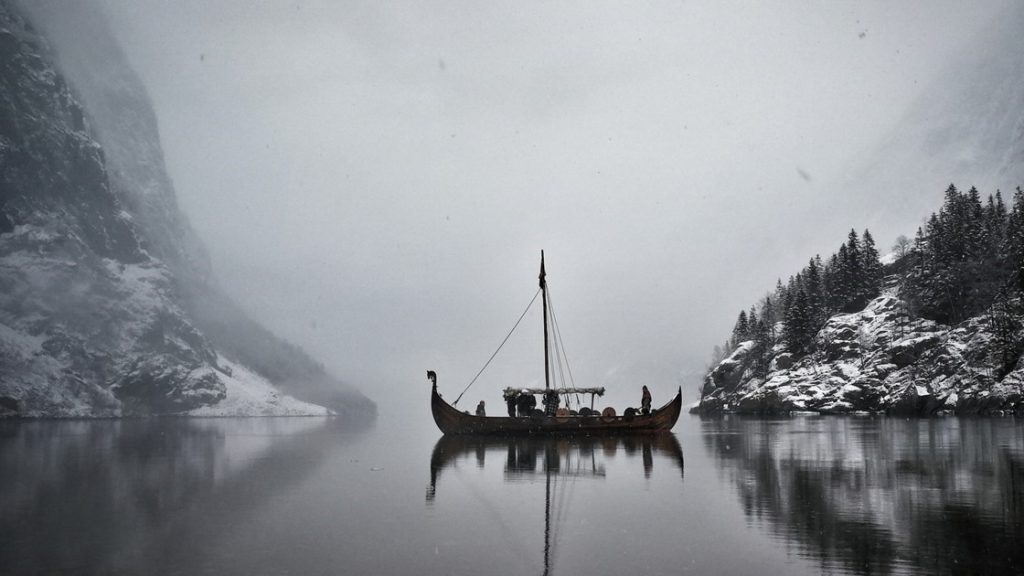Location
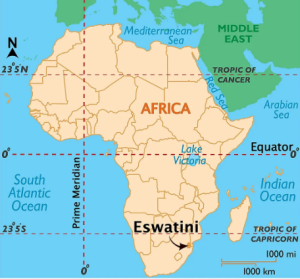
Eswatini, formerly known as Swaziland, is located in the southern part of Africa and sandwiched between Mozambique and South Africa. This small country ranks among Africa’s smallest countries, with an approximate area of 17,364km2. In terms of physical size, Eswatini is slightly smaller than New Jersey and half Belgium’s size. The country shares international borders with South Africa and Mozambique.
Population
As of 2020, Eswatini had a total population of 1.16 million people. The country experiences an annual population growth of 1%. Ethnic Swazis dominate the population, with the prevalent language being Swazi, also known as siSwati. The country’s population is young, with 22 as the median age. Moreover, individuals aged 15 years and younger constitute more
than 35% of the country’s population. Eswatini and its inhabitants derive their name from King Mswati II whose leadership saw the country’s expansion and unification. The country’s government is the last absolute monarchy remaining in Africa and has been ruled by kings since Mswati II. Eswatini holds elections every five years to determine the Senate majority and the House of Assembly.
Language
The two official dialects of Swaziland are Swazi and English. Both of these languages represent the political history of Swaziland. The government operates in both languages, notably its legislative assembly, which conducts all sessions in both Swazi and English. In addition, the general population is educated in both languages via the public school system. Colleges and other post-secondary educational establishments often require applicants to demonstrate that they are proficient in the English language. The primary language used by news outlets for reporting and presenting information is Swazi.
Climate
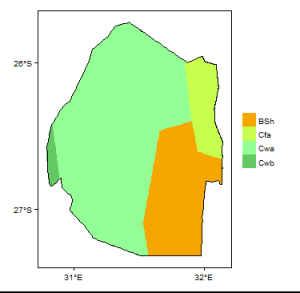
From tropical to nearly moderate climate, the situation differs. In the Southern Hemisphere, December is the middle of summer and June is the middle of winter. overall, moisture mostly occurs in the summer, frequently in the form of thunderstorms. It’s dry in the winter. West of the Highveld receives between 1,000 and 2,000 mm of annual rainfall, based on the year. Less rain is recorded in the Lowveld, which receives 500 to 900 mm annually, the farther east you are. The altitude of the various regions is also connected to temperature differences. While the Lowveld may experience summertime temperatures as high as 40 °C, the Highveld is generally temperate and rarely uncomfortable hot.
History
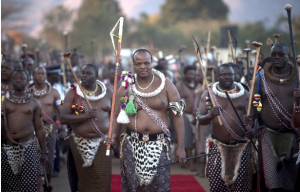
Eswatini has its roots in Mozambique, and dates to the sixteenth century. The movement of their ancestors was influenced by the Bantu migration and internal pressure, such as the Ndwendwe attacks. The ancestors were eventually forced to move to the Ezulwini valley, known today as Eswatini. At this point, they were led by Sobhouza, who was recognized as the country’s first king (Limb, 2022). He ensured the Swazi people became the most powerful in the region by driving away the Sotho people. Sobhouza’s efforts towards diplomacy also secured the Swazi from further attacks by the Zulu. Swazi nation steadily grew and developed while the surrounding regions disintegrated. Sobhouza was succeeded by Mswati, who also ensured the security of the Swazi people through diplomatic efforts.
During the 1800s, the British invaded the kingdom and ruled them for 66 years. While the British were annexed in 1877, Swazi did not attain full independence. It was only in 1963 that they were granted full independence and were under the leadership of Sobhouza II. The Swaziland constitution was suspended in 1973 by Sobhouza II since it saw a product of the British rulers (de Stage). A new constitution that reflected the people’s culture was drafted and published in 1977. Under this constitution, the king became the absolute ruler of the land.
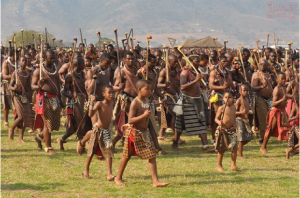
The 1990s were defined by civil action rooting for democracy in the kingdom. Swaziland had its first parliamentary elections in 1993, during which opposition parties were rendered illegal. By the late 1990s, the king’s powers were reduced considerably. Other states like South Africa and Mozambique showed great interest in moving the kingdom towards democracy. However, the king still held the majority of the power after the 1998 elections. Albeit still banned, opposition parties were on the rise and orchestrated protests throughout the country. The king remained reluctant to change the kingdom’s system of rule. In 2001, King Mswati III sanctioned drafting a new constitution published in 2003 (Ramdeem, 2020). However, the constitution was criticized as it still hindered the democratic processes by banning opposition parties. The constitution was revised to a better version that neither banned nor acknowledged the parties. In 2018, the king changed the country’s name from Swaziland to Eswatini.

